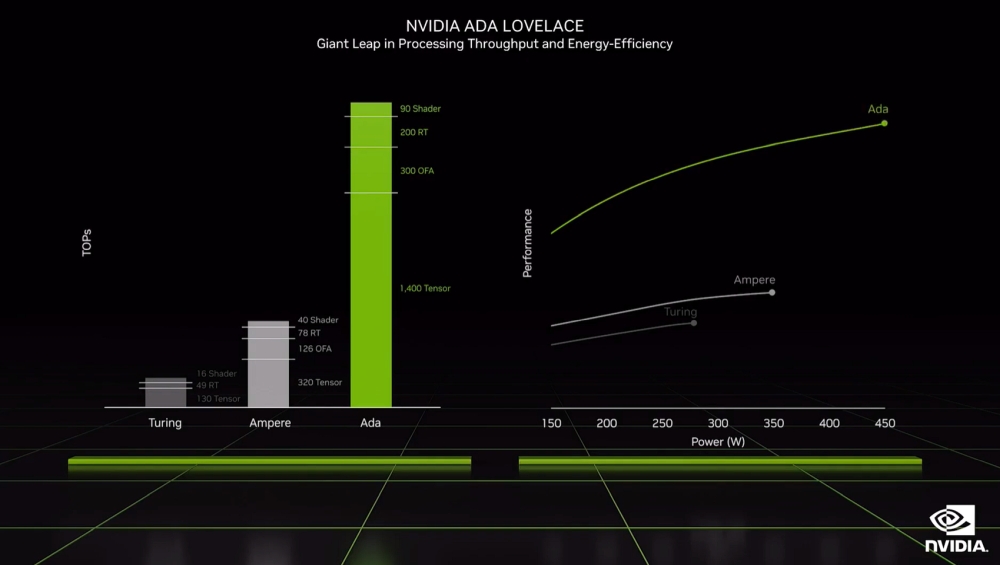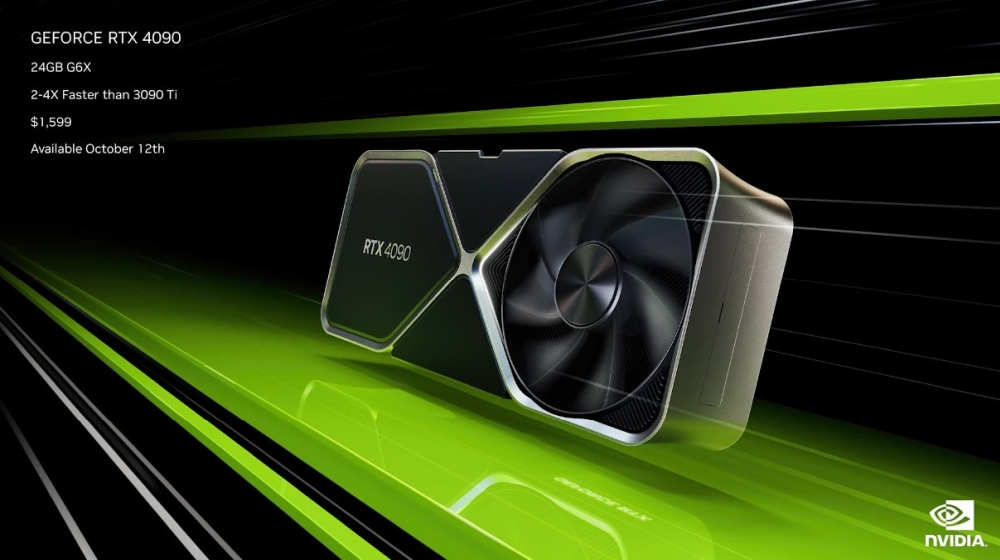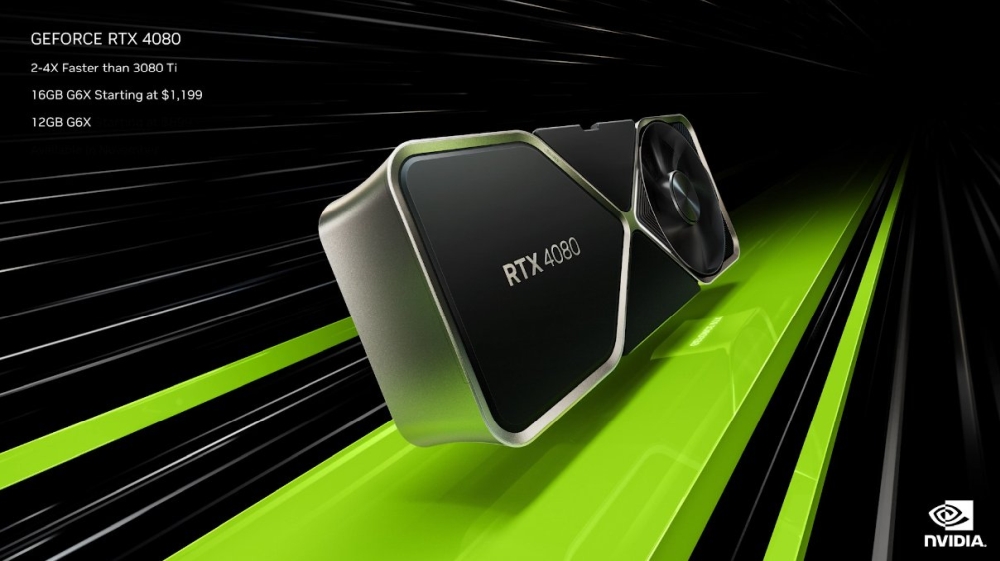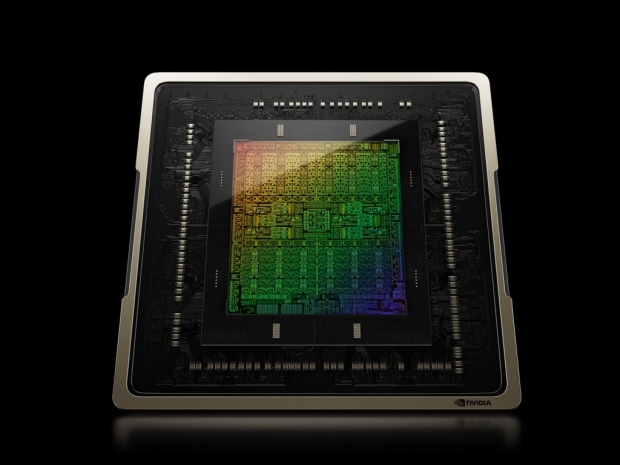As noted, the Aada Lovelace GPU is built on TSMC's 4N manufacturing process and packs 76 billion transistors and over 18,000 shaders, an impressive improvement over the previous generation. It brings a new Streaming Multiprocessor with 83 Shader TFLOPs and 2x power efficiency, new 3rd-Gen RT cores, promising 2.8x higher ray tracing teraflops performance, as well as the new 4th-Gen Tensor Cores, with 1,4000 Tensor TFLOPs and Optical Flow Accelerator.

The new Shader Execution Reordering (SER) improves execution efficiency by rescheduling shading workloads, bringing higher ray tracing performance.
The RTX 40 series also comes with dual Nvidia Encoders (NVENC) with AV1 support.
In short, Nvidia is expecting up to 2x higher performance in rasterized games, and up to 4x higher performance in ray-traced games. Although these new RTX 40-series cards come with a high TDP, Nvidia says we are looking at twice the performance at the same power, compared to Ampere.

The rest of the announced features include Nvidia DLSS 3, promising even higher performance gain at almost the same image quality. It will be supported by both Unity and Unreal Engine as well as more than 35 games and apps.
The RTX 4090 brings 16,384 CUDA cores and 24GB of GDDR6X memory at $1,599
The flagship GPU, or "the new ultimate GPU", as Nvidia likes to call it, the RTX 4090, will be available as of October 12th, starting at $1,599.
Packing 16,384 CUDA cores, the Geforce RTX 4090 works at 2.23GHz base and 2,52GHz Boost clock, and feature 24GB of GDDR6X memory on a 384-bit memory interface. The TDP is set at 450W.
In terms of performance, Nvidia says it is up to 2x faster than RTX 3090 Ti, and up to 4x faster in ray-traced games with DLSS 3.

The RTX 4080 comes in 12GB and 16GB versions in November at $899 and $1,199
As rumored earlier, the RTX 4080 will be available in two configurations, with 12GB and 16GB of GDDR6X memory.
The RTX 4080 12GB features 7,680 CUDA cores, works at 2.31GHz base and 2.61GHz Boost clocks, and packs 12GB of GDDR6X memory on a 192-bit memory interface. The TDP is sset at 285W, and it needs 2x 8-pin PCIe power connectors.
The RTX 4080 16GB feature 9.728 CUDA cores, works at 2.21GHZ base and 2.51GHz Boost clocks, and comes with 16GB of GDDR6X memory on a 256-bit memory interface. The TDP is set at 320W, and this one needs three 8-pin PCIe power connectors.
The performance, according to Nvidia, is around 2x faster than Geforce RTX 3080 Ti with DLSS 3 for the RTX 3080 16GB, while the RTX 3080 12GB should be somewhat faster than the RTX 3090 Ti, also with DLSS 3.

Both RTX 4080 versions will be available in November, with price set at $1,199 for the 16GB and $899 for the 12GB version.
The pricing in Europe and the UK is somewhat higher, which is always expected due to import, tax, and other factors. According to what we can gather, MSRP is set at €1,949 for the RTX 4090, €1,469 for the RTX 4080 16GB, and €1,099 for the RTX 4080 12GB in Europe, depending on the tax. In the UK, the MSRP is set at £1679 for the RTX4090, £1269 for the RTX4080 16GB, and £949 for the RTX4080 12GB.




